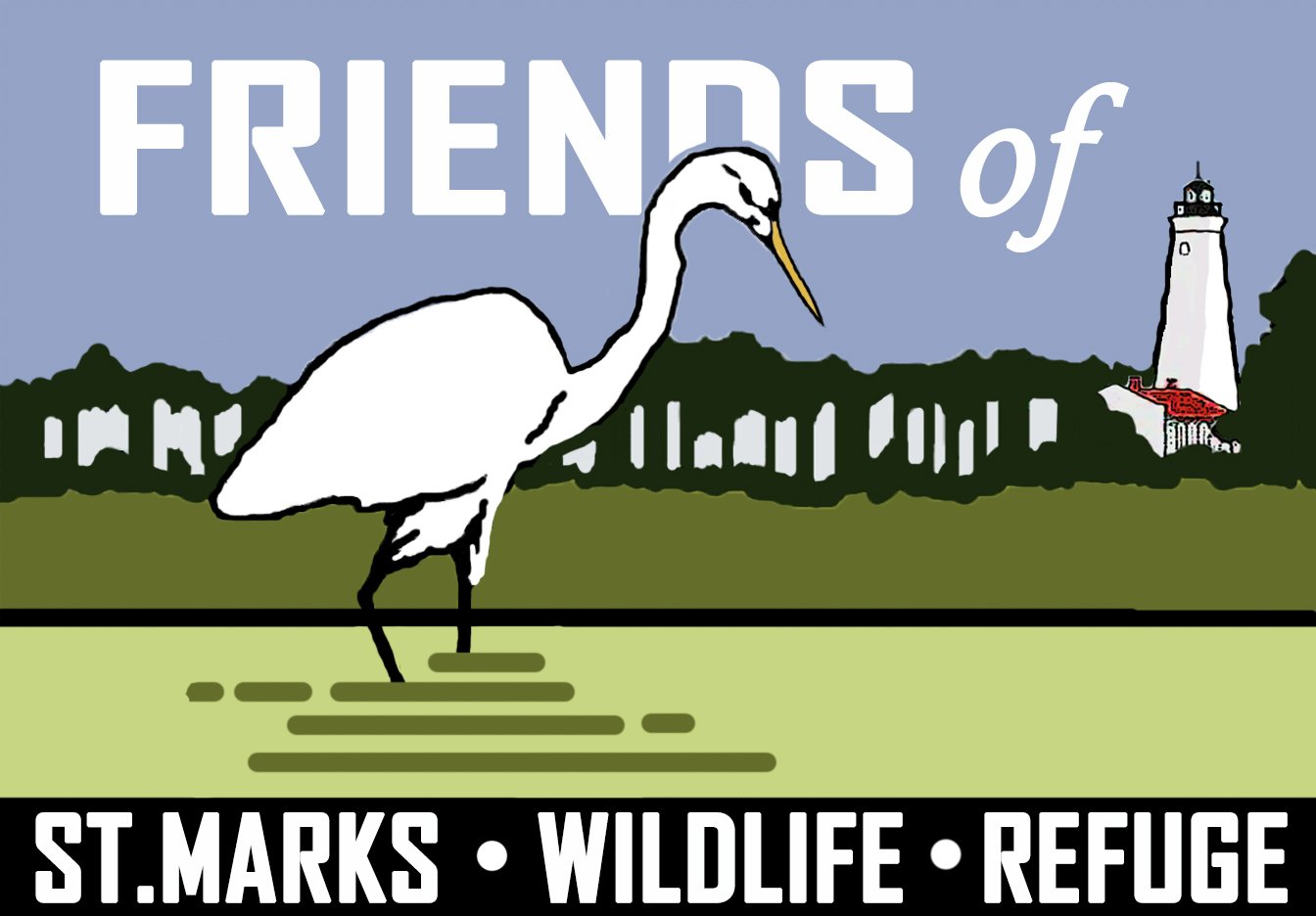Population Monitoring of the Frosted Flatwoods Salamander
By: Brianna Bjordahl, Fall 2019 Biology Intern
Raindrops patter on the metal sheeting of the drift fences and the waterproof fabric of seven rain jackets. The beams of seven flashlights trace paths through progressively muddier ground, searching clumps of fallen leaves and patches of wiregrass for a distinct frosted pattern and any signs of movement.
Kelly Johnson checking soil moisture before drift fences are inserted
It’s Thursday, November 14th. The night has given us our first big rainstorm in weeks, and with the rains come the salamanders. A team of us has gone to one of the refuge ponds, which we know from past studies the salamanders use for their winter breeding. In the morning, we’ll perform our twice daily trap checks around the pond to see if anything has been caught. The evening’s work is just a preliminary check.
By the end of the following morning, we have eight total salamanders to process between the two study ponds.
The Frosted Flatwoods Salamander is a federally designated threatened species, which typically breeds from October to January during rainy weather. Females will lay clutches ranging from one to 34 eggs, after which, the embryos will take roughly two weeks to develop. However, it is not until the eggs become completely inundated with water that the larvae will hatch. Without a steady supply of rainfall then, Flatwoods Salamander eggs run the risk of drying out.
Frosted Flatwoods Salamander
There are several threats to the long-term viability of Frosted Flatwoods salamander populations. Increased climate variability from global climate change, leading to threats such as extended periods of drought and greater intensity of tropical storms, is certainly one. These changes in climate pose the risk of drying eggs out before they can hatch or flooding the breeding habitats with saltwater – which was the case with last year’s Hurricane Michael. However, this is far from the only danger. The salamanders have also historically faced population declines due to loss of habitat.
Logging of Longleaf Pine ecosystems and suppression of wildfires throughout the 20th century created habitats not suited for Flatwoods Salamanders. The restoration of these habitats through recovery of the Longleaf Pines and implementation of prescribed fires has been the primary focus of conservation efforts. Prescribed fires especially help to increase the herbaceous ground cover salamanders need for their eggs.
Holding ponds for “head-starting” salamanders
The St. Marks National Wildlife Refuge works to monitor salamander populations, while also helping to boost population numbers through the spring “head-starting” program. This program raises eggs collected in the fall in isolated pools, safe from predation and competition, and increases the rate of larval survival.
But before that can happen, we have our work throughout the fall. In mid-October, our team began setting funnel traps and laying drift fences around the refuge ponds. From then on, we began checking traps twice a day, allowing us to monitor what was moving in and out of refuge ponds, from our target Flatwoods Salamanders to other amphibians and reptiles. For more information about the processes of trap checking and Frosted Flatwoods Salamander processing, check out the videos with interns Chloë Dubben and Kelly Johnson below!
And as always, a big thanks to the wonderful refuge sponsors whose charitable donations help make this work possible.
Special mention also to refuge partners within USGS, Jamie Barichivich and Katie O’Donnell, as well as refuge biologist, Joe Reinman, and refuge fire crew member, Marysa Milinichik, whose guidance has been instrumental to the implementation of this project, and USGS technicians Justine Fox and Kira Miller, who tirelessly ensure the fences are running and those salamanders get processed.




